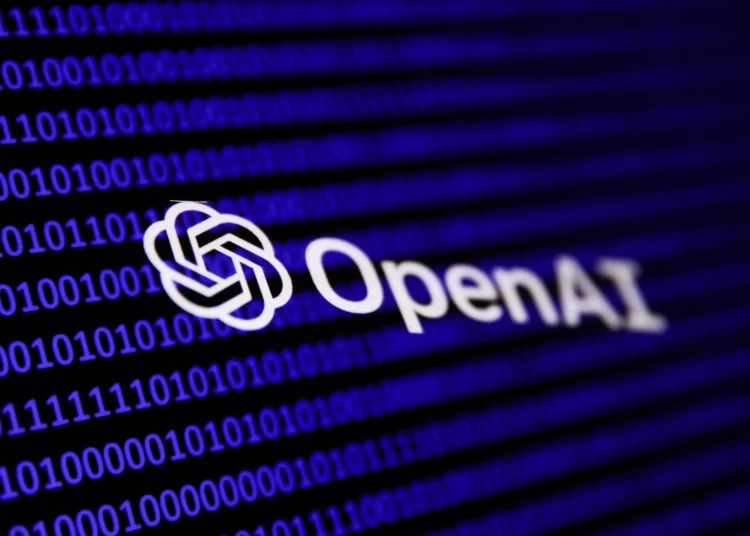OpenAI has officially launched its most advanced image generation model, GPT-image-1, to developers via API.
This concept is the same model behind the stunning visuals you’ve seen in ChatGPT, and now it’s available to integrate into apps, tools, and workflows.
The Viral “Ghiblification” Phenomenon
What truly pushed GPT-Image-1 into the spotlight was its ability to create anime-style images that mirror the enchanting visuals of Studio Ghibli.
This trend, often referred to as “Ghiblification,” saw users converting personal photos, pets, and iconic moments into anime-style illustrations, leading to a surge in AI-generated content across social media platforms.
OpenAI CEO Sam Altman acknowledged the trend by changing his profile picture to a Ghibli-style portrait as well.
Integration and Use Cases
GPT-Image-1 is already making its mark in real-world applications, with companies exploring a wide range of integrations:
- Adobe is incorporating the model into its Firefly and Express tools to enhance creative flexibility across design workflows.
- Figma is leveraging the model for real-time image generation and editing within its collaborative design platform.
- Canva is using the tool in its AI-powered Magic Studio, transforming rough sketches into polished visuals and enabling seamless edits.
- GoDaddy is experimenting with tools to help users create editable logos, remove backgrounds, and generate professional typography.
- HubSpot is exploring the model to help marketers create high-quality images for social media, email campaigns, and landing pages without the need for design experience.
- Instacart is testing image generation to bring recipes and shopping lists to life with visually rich content.
- Invideo is integrating GPT-Image-1 to offer finer control over video editing, style customization, and AI-generated visuals for content creators.
To ensure safe usage, OpenAI has integrated adjustable moderation tools into the GPT-Image-1 API. Developers can set the moderation parameter to either
auto(default): standard filteringlow: more permissive filtering
This gives teams the flexibility to tailor content safety levels depending on their application and audience.
Pricing
OpenAI has set a usage-based pricing model for GPT-Image-1, separating costs by token type:
- Text input tokens: $5 per 1M tokens
- Image input tokens: $10 per 1M tokens
- Image output tokens: $40 per 1M tokens
To make it practical:
- A low-quality image generation costs approx. $0.02.
- A medium-quality image costs $0.07.
- A high-quality image goes for about $0.19.
Developers can fine-tune quality, resolution, and style settings for each request, depending on use case and budget.
Developers can access gpt-image-1 through OpenAI’s Images API by specifying the model parameter as gpt-image-1. The API supports various customization options, including image size, quality, and style settings.






























